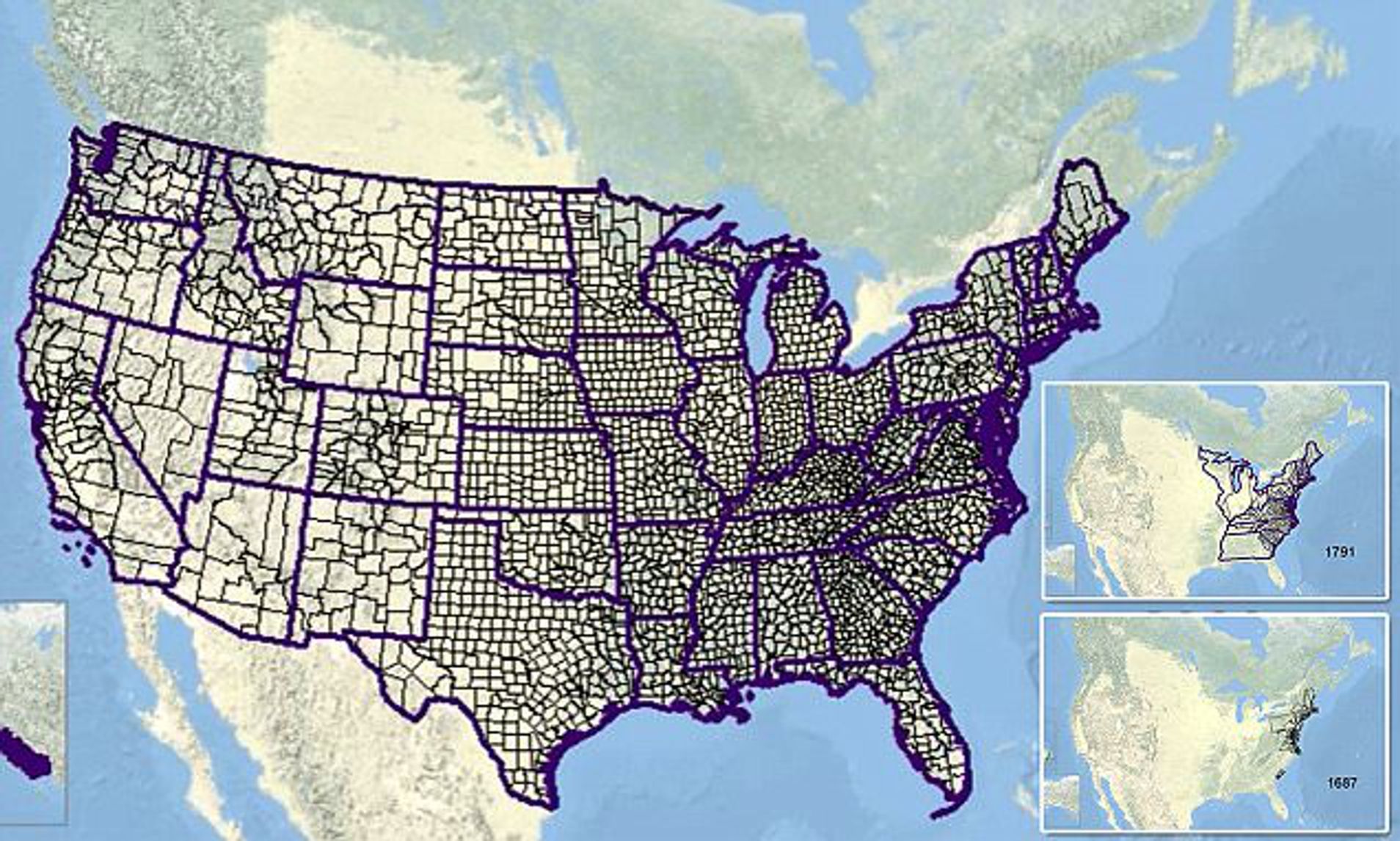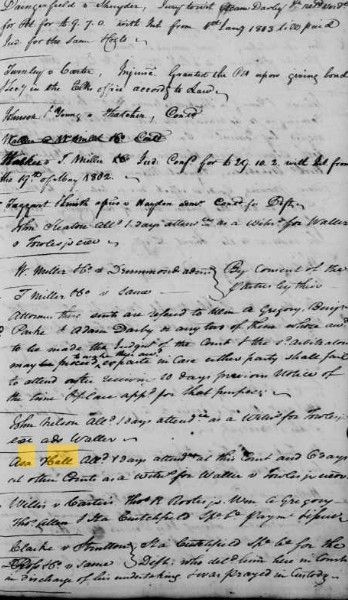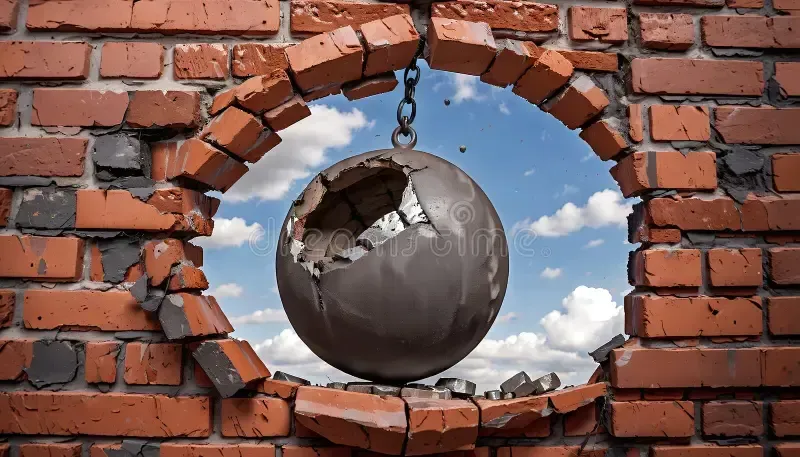Busting Brick Walls Using Local History and Jurisdictional Research
Sometimes You Can't Just Click a Leaf
A careful genealogist knows that not only must he or she carefully trace and document the pedigree of his or her ancestors, but it is also important to research local history and follow county and state boundary changes. Yes, not only did our ancestors move across oceans, across continents, and within nations, they pushed the boundaries of unsettled and unexplored territories. Tracking an ancestor requires knowledge of not only genealogical methodology, but in order to solve the really tough brick wall problems encountered, the prudent genealogist must be well versed in local history and jurisdictional changes.
Having a knowledge of local history is often so critical in researching a family. For example, who were the “movers and shakers,” those with influence, within the ancestor’s community? Where did your ancestor worship? Where did people gather? What organizations were in the community? Was there a military battle or native American attack that occurred in the region? Just like our lives, our ancestors' lives were shaped by the community in which they lived (even more so). In addition, they were affected by the historical events of the day in their nation, in their state, and in their community.
To solve brick wall problems, get off the internet for a while and begin seeking out local records on the community in which your ancestor resided! Local libraries and archives are full of detail on what happened in counties and cities. And guess what? Your ancestor may be mentioned in these records!!! For example, did you know most local libraries have vertical files about historical events and families in their region? Many have manuscripts and unpublished histories. Someone long ago may have preserved that bit of family information which you are seeking and put it in the library hoping you would find it one day! (It never made it on the Internet!) Of course, it is not always possible to travel to all these facilities yourself but you can e-mail or write to them. Librarians are helpful people. And you can always find a professional genealogist who will help you access these treasure troves of information! When I visit these facilities and work for hours at a time, I often find I am the only patron! Very sad!
Not only must we track our ancestral pedigrees but the pedigrees of the jurisdictions in which an ancestor lived. Your ancestor may have never moved off his farm but still lived in three or more counties in his or her lifetime! New counties were created from existing ones, often when a group of local people petitioned the state government (By the way, these petitions can be wonderful resources in themselves!).
I am presently working on a client project which involves serious brick wall research into the family of one of George Rogers Clark’s men. The area of present-day Kentucky into which he moved about 1779/1780 was at first Jefferson County, Virginia, then Nelson County, then Hardin County, then when Kentucky was created in 1792, it became a part of Kentucky. So here we have two states and three counties in which this individual resided in the span of twelve years, all while remaining in the same place! And some of his family were in nearby counties which themselves had their own share of boundary changes.
In addition, the project involves research in a region of Virginia (Monongalia and Yohogania Counties and West Augusta District) which was also claimed by Pennsylvania (Bedford County, Westmoreland County, then Washington County and Allegheny County) in the 1770s. Research therefore needs to be conducted in at least seven counties within two states there.
Fortunately, there is a wonderful tool at the Newberry Library website to help us keep track of all these boundary and jurisdictional changes. The Newberry Library tool is at https://digital.newberry.org/ahcb/index.html My favorite part of this website is the Interactive Map tool where you can choose a state and the select a date to see what the boundaries looked like at that given time. This can help you track where you need to direct your research. The Individual County Chronology page is also one I find helpful.
I hope this has encouraged you to consider and pursue some new avenues in your research. Backstory Bloodhound is always ready to help if you are stuck. I have significant knowledge and experience in breaking down brick walls and do offer free no-obligation consultations. See the Services and FAQs tabs on this website for more details or shoot me an e-mail at rick@backstorybloodhound.com





